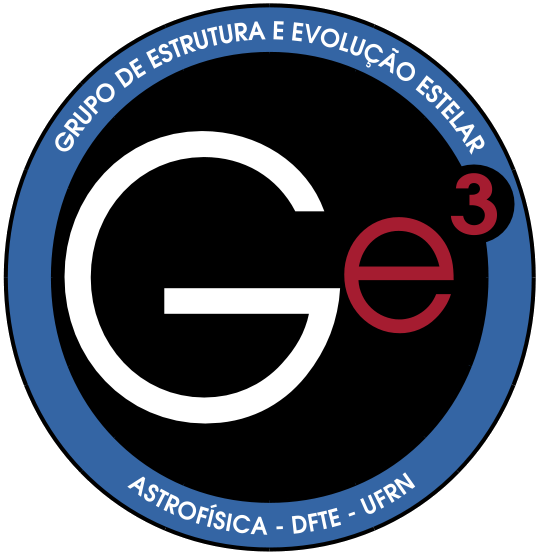Grupo de Estrutura e Evolução Estelar
Olá! Faça seu login ou cadastre-se.
The future of the Sun: an evolved solar twin revealed by CoRoT
A team of Japanese and Brazillian astronomers led by Jose Dias do Nascimento (Department of Theoretical and Experimental Physics, Universidade Federal do Rio Grande do Norte [DFTE, UFRN], Brazil) has found the farthest known solar twin in the Milky Way Galaxy-- CoRoT Sol 1, which has about the same mass and chemical composition as the Sun. Spectra from the High Dispersion Spectrograph (HDS) on the Subaru Telescope showed that CoRoT Sol 1 is about 6.7 billion years old while space-based data from the CoRoT (Convection, Rotation and planetary Transits) satellite indicated a rotation period of 29 +/- 5 days. This newly discovered, evolved solar twin allows astronomers to uncover the near future of our solar system's central star--the Sun.

Being the closest star from Earth, the Sun has been extensively studied by different techniques. Despite the effort of many astronomers, we do not know yet how peculiar is the Sun among stars. In particular, the true rotation of stars similar to the Sun are unknown, except for the youngest Suns, but there is alack of studies in mature stars like the Sun or in more evolved ones. The main characteristics that determine the evolution of a star are mass (its amount of matter) and the chemical composition. Thus, studying stars with the same mass and composition as the Sun, the so-called solar twins, we can know more about our own Sun, as solar twins of different ages cover different snapshots during the evolution of the Sun (Figure).
The satellite CoRoT has provided precise space-based data from which it is possible to determine the rotation periods of stars. Our Team has selected the best solar twin candidates spanning a range of rotation periods, so that the evolution of the rotation period of the Sun can be studied in detail. In our initial attempt three of our solar twin candidates were observed at the Subaru telescope. A large telescope is needed as the CoRoT solar twins are faint and we need to spread out the stellar light, i.e., to obtain a stellar spectrum, to study in detail the characteristics of the stars. After a detailed analysis we found that one of our solar twin candidates is indeed a star with a mass and chemical composition similar to solar, but in a light more evolved stage, being thus precious to study the future of the Sun.
How old is CoRoT Sol 1?
Is just about the one of most difficult questions you can ask about a star. High quality spectra, could shed a new light in the question of stellar ages. The discovered solar twin, which we call CoRoT Sol 1, is about 2 billion years older than the Sun, and its rotation period is as the Sun's.

Also, from the Subaru spectra of the CoRoT Sol 1 we found that it has a Li abundance lower than solar (Figure above), this element decrease with age. Although the overall chemical composition of CoRoT Sol 1 is similar to the Sun, its detailed abundance pattern show some differences, as is also shown by most nearby solar twins which are relatively brighter.
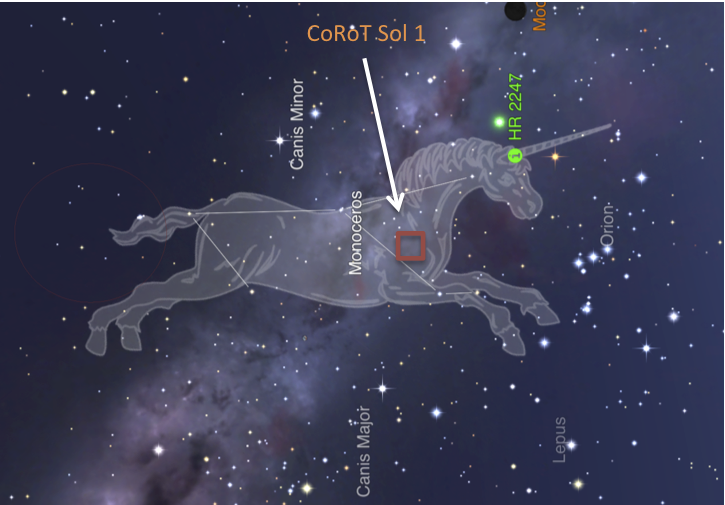
Where is CoRoT Sol 1?
CoRoT Sol 1 is located in the constellation of Monoceros (Unicornio). Unlike other solar twins, CoRoT Sol 1 is very faint, being more than 200 times fainter than the brightest solar twin known, 18 Sco. Only thanks to the large collecting area of the Subaru telescope, is possible to study in detail the spectra of such faint stars.

Above, The ExoDat (Deleuil et al. 2009; AJ 138, 649) table with information abotut CoRoT Sol 1.Coordinates, magnitues, catalogs references. We intend to pursue this study with the Subaru telescope, to know how typical is the Sun and to characterize its rotation evolution through solar twins covering a broad range of stellar ages.
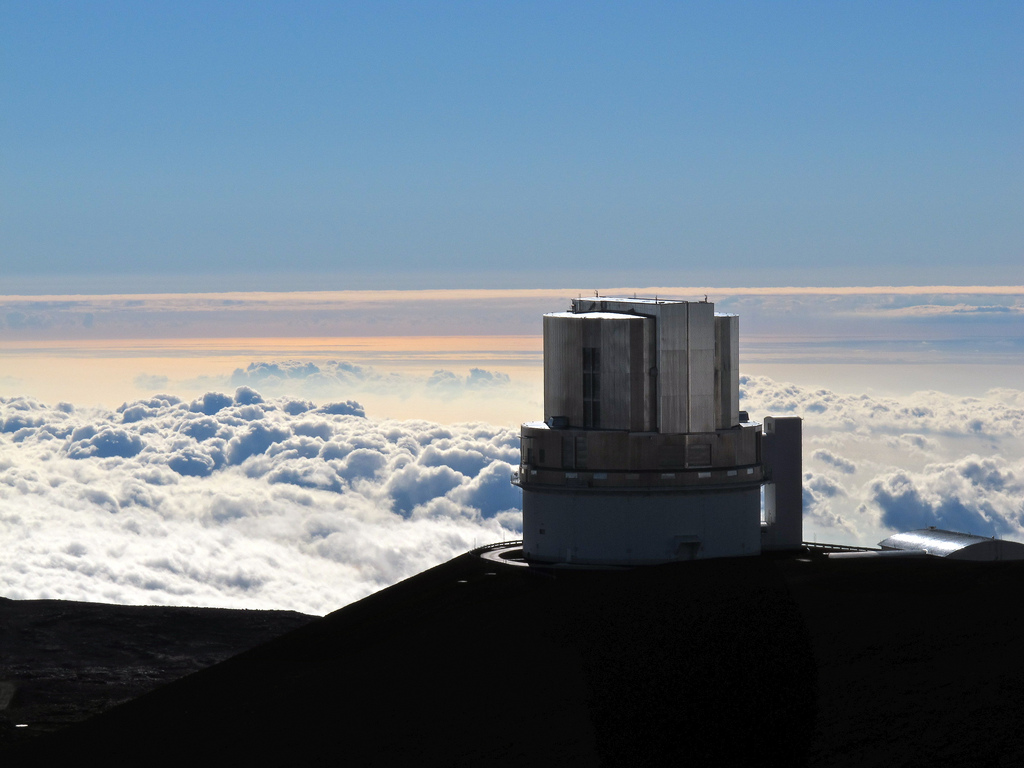
The Subaru Telescope (すばる望遠鏡 Subaru Bōenkyō) is the 8.2 metre flagship telescope of the National Astronomical Observatory of Japan, located at the Mauna Kea Observatory on Hawaii. It is named after the open star cluster known in English as the Pleiades. It had the largest monolithic primary mirror in the world from its commission until 2005.
The team is composed by:
- Dr. J.-Dias do Nascimento, Dr. J.S. da Costa and Dr. M. Castro from the Universidade Federal do Rio Grande do Norte, Brazil;
- Dr. J. Meléndez from the University of São Paulo, Brazil, and Dr. G. F. Porto de Mello, from the Observatorio do Valongo of the UFRJ, Brazil;
- Dr. Y. Takeda, from the National Astronomical Observatory of Japan.
The steady increase in the Sun's luminosity and the Future of the Solar System
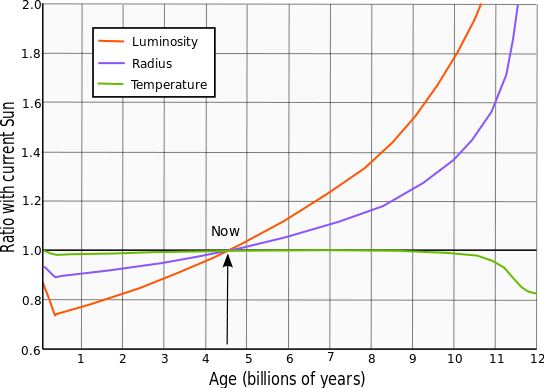
The energy of the Sun is based upon thermonuclear fusion of hydrogen into helium. This occurs in the core region following the proton-proton reaction. The result of this process has been a steady increase in the energy output of the Sun (Figure: Evolution of the Sun's luminosity, radius and effective temperature compared to the present Sun. After Ribas 2010, Proc. of the Int. Astr. Union, IAU Symp. 264, 3 arXiv:0911.4872).
About 27% of the modern ocean will have been subducted into the mantle in the next one billion years from now. The Sun is expected to be 33% more luminous in the next three billion years. The global temperature of the Earth will climb. The atmosphere will become a "moist greenhouse" leading to a runaway evaporation of the oceans. The net result would be a loss of the world's sea water by about 1.2 billion years from the present.
Comentários
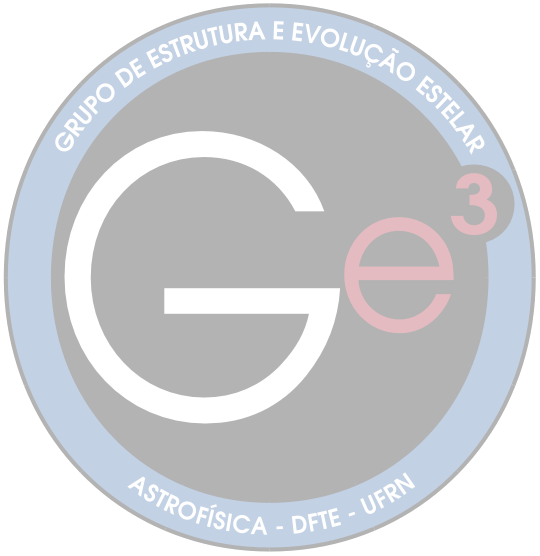
Para comentar a página você precisa fazer o login
